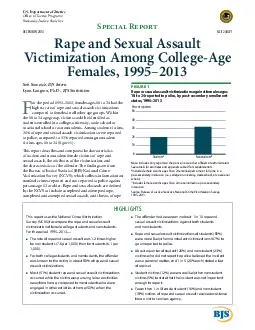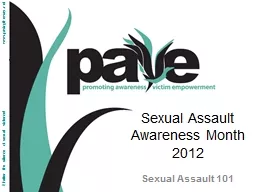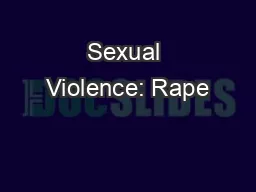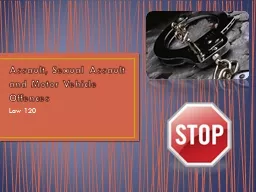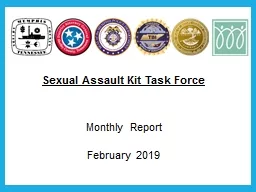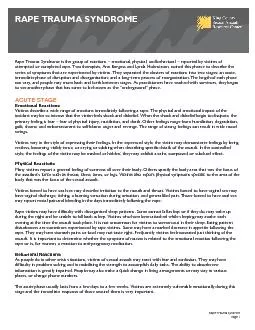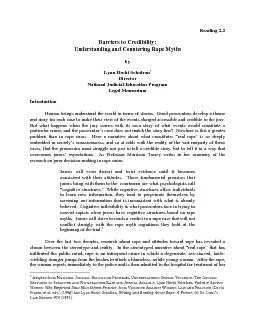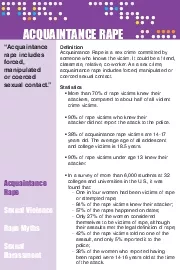PDF-IFHRIXVWLFHURJUDPV S R DECEMBER NCJ Rape and Sexual Assault Victimization Among CollegeAge
Author : alida-meadow | Published Date : 2015-02-19
D BJS Statistician or the period 19952013 females ages 18 to 24 had the highest rate of rape and sexual assault victimizations compared to females in all other age
Presentation Embed Code
Download Presentation
Download Presentation The PPT/PDF document "IFHRIXVWLFHURJUDPV S R DECEMBER NCJ Ra..." is the property of its rightful owner. Permission is granted to download and print the materials on this website for personal, non-commercial use only, and to display it on your personal computer provided you do not modify the materials and that you retain all copyright notices contained in the materials. By downloading content from our website, you accept the terms of this agreement.
IFHRIXVWLFHURJUDPV S R DECEMBER NCJ Rape and Sexual Assault Victimization Among CollegeAge: Transcript
Download Rules Of Document
"IFHRIXVWLFHURJUDPV S R DECEMBER NCJ Rape and Sexual Assault Victimization Among CollegeAge"The content belongs to its owner. You may download and print it for personal use, without modification, and keep all copyright notices. By downloading, you agree to these terms.
Related Documents

